Conceptual Framework Report: Design Science, Methods and Analysis
VerifiedAdded on 2020/04/21
|5
|732
|487
Report
AI Summary
This report delves into the conceptual framework of design science, beginning with an overview of its core principles and its role in integrating various disciplines. It explores the use of conceptual tools, particularly in the context of system design, and highlights the four key research activities: theory building, system development, experimentation, and field studies. The report discusses the significance of synergy within the design science framework, emphasizing the importance of understanding the behavior of the whole system. It details the design science methodology, including the phases of problem definition, goal setting, and the development of solutions. The report then analyzes two student responses, which reflect on design science, the importance of conceptual frameworks, and their applications. The report concludes by providing a list of references that support the concepts discussed.
1 out of 5
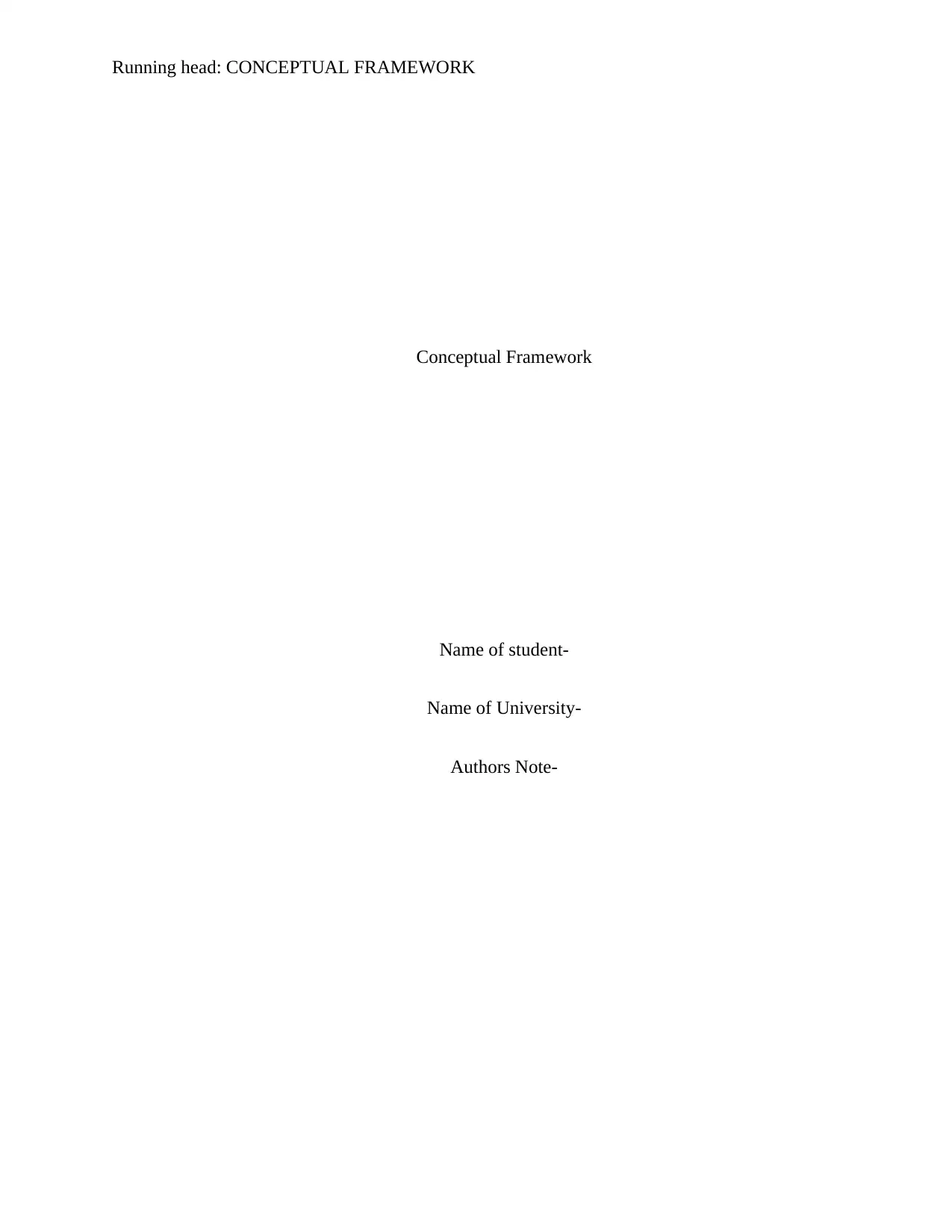
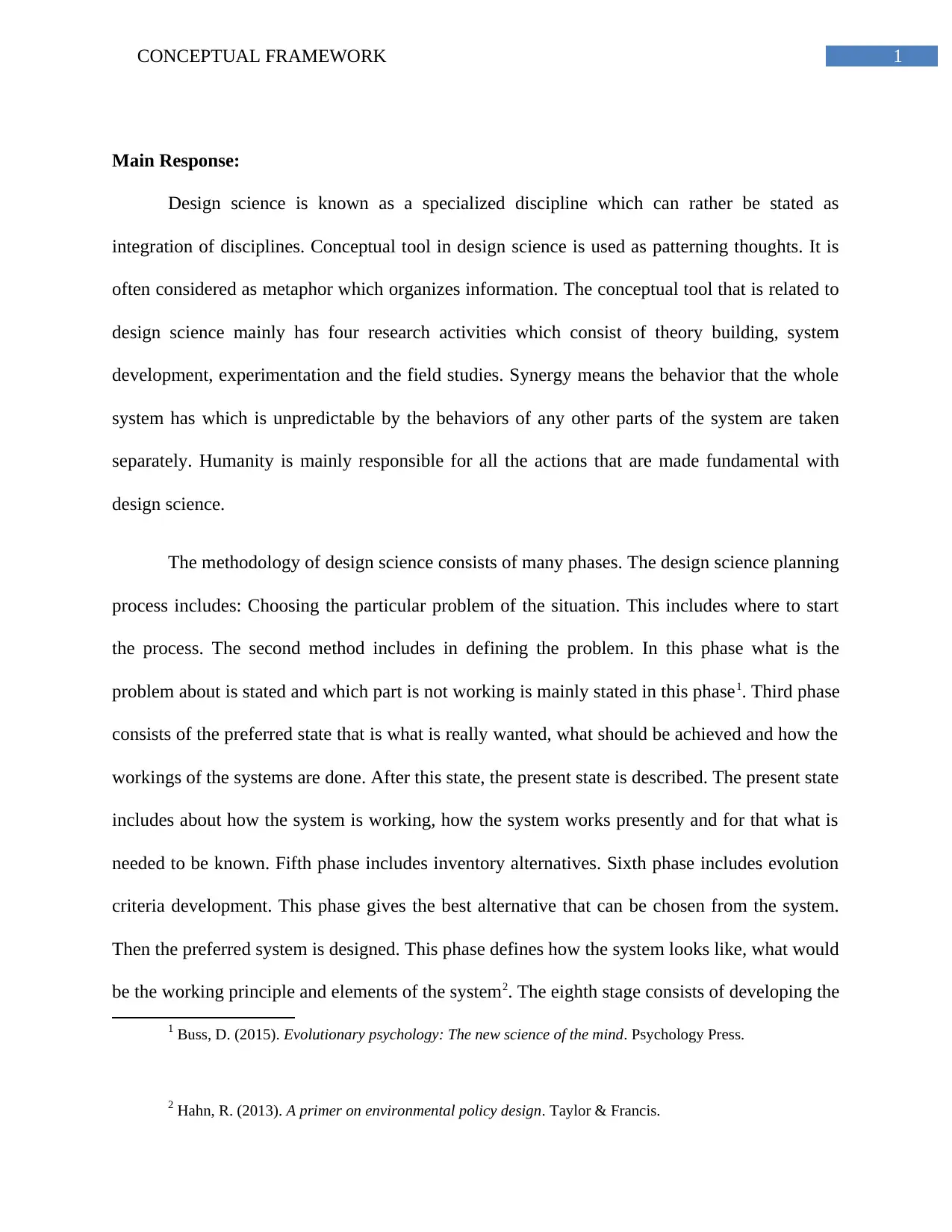
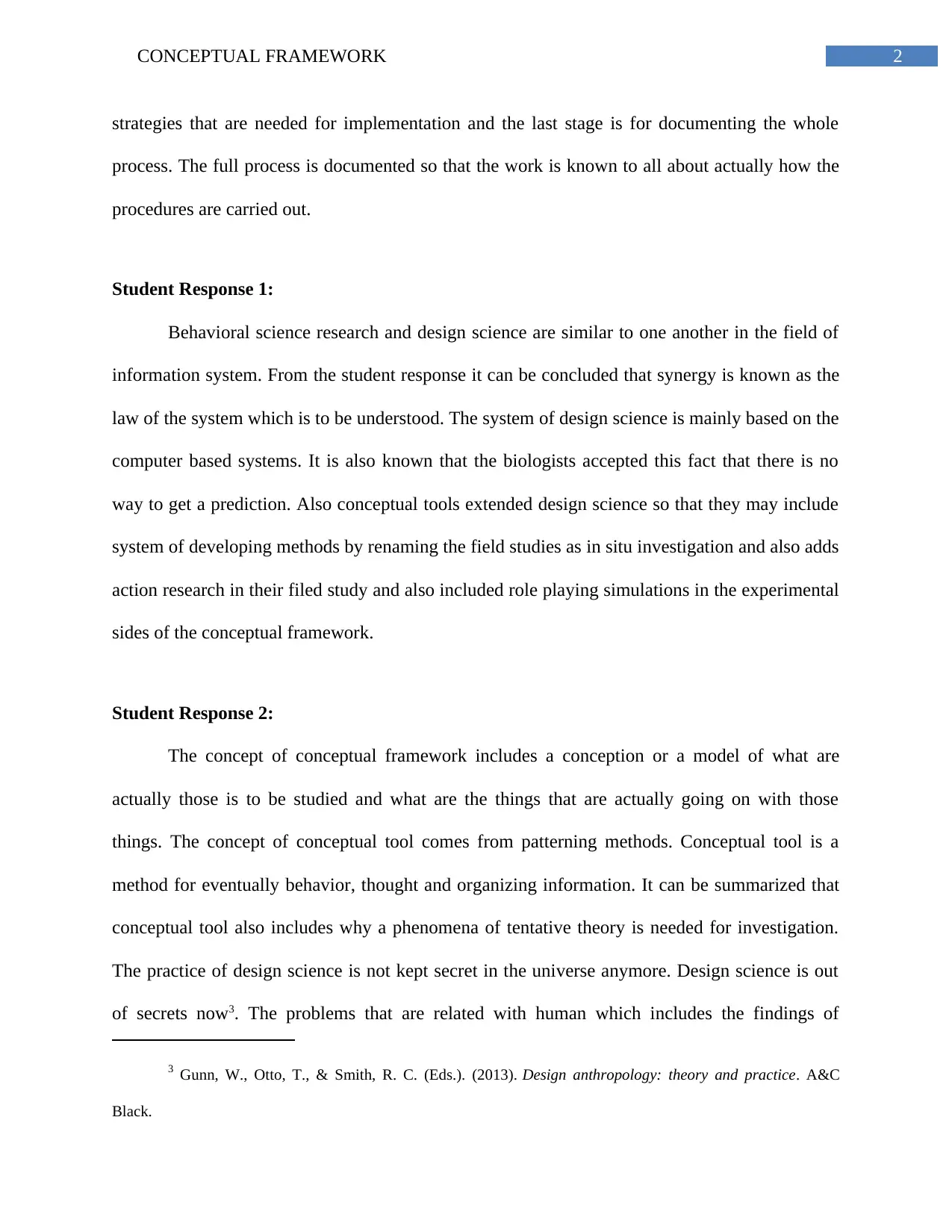

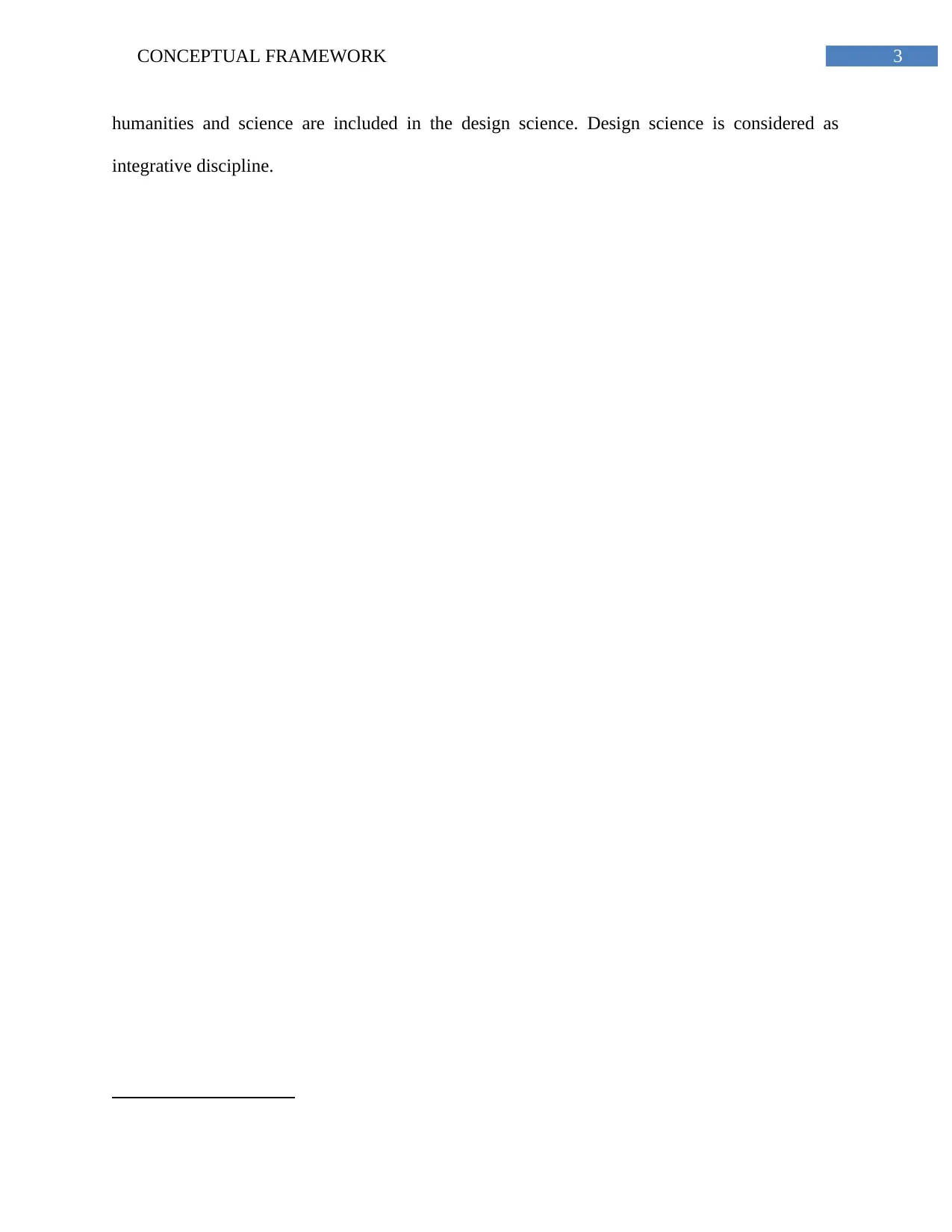
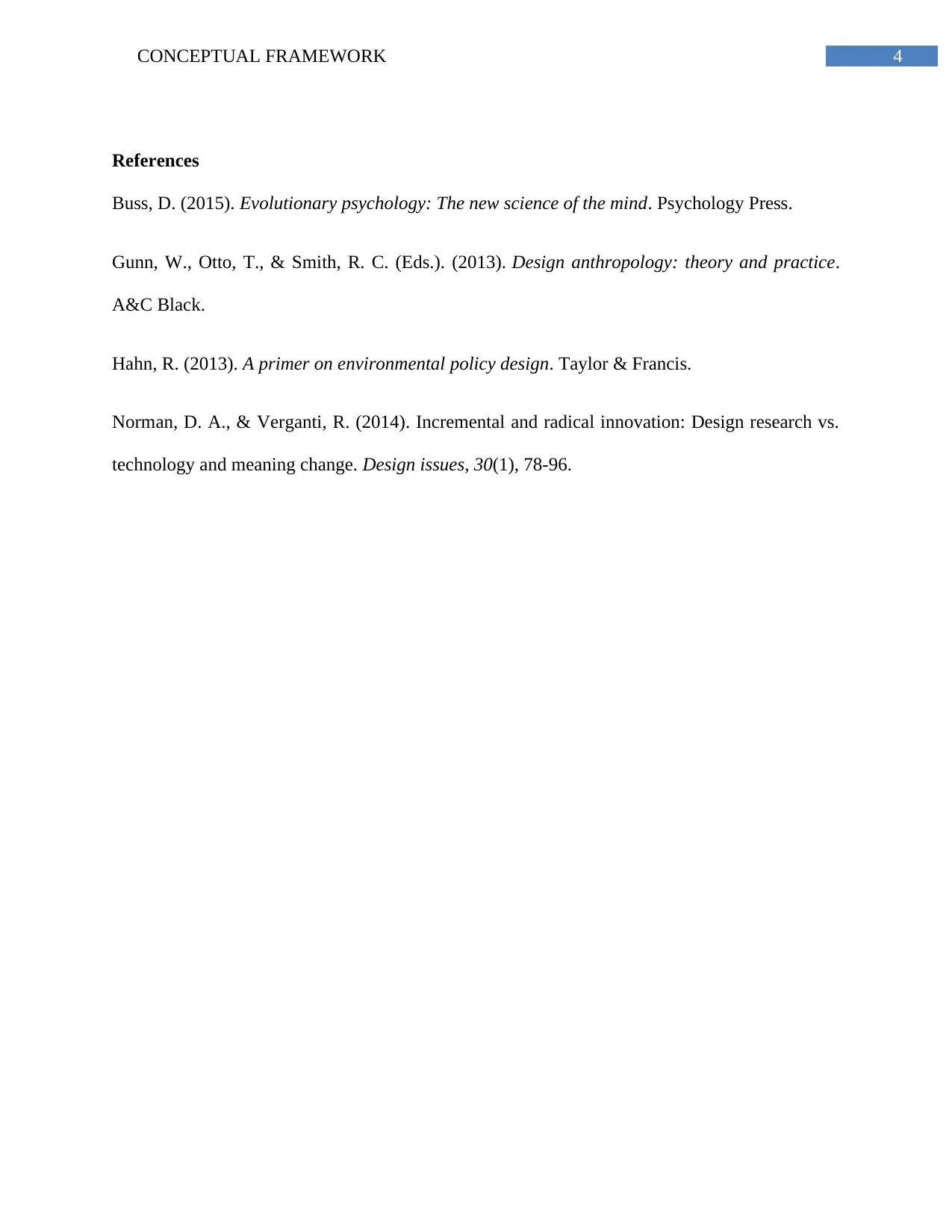






![[object Object]](/_next/static/media/star-bottom.7253800d.svg)